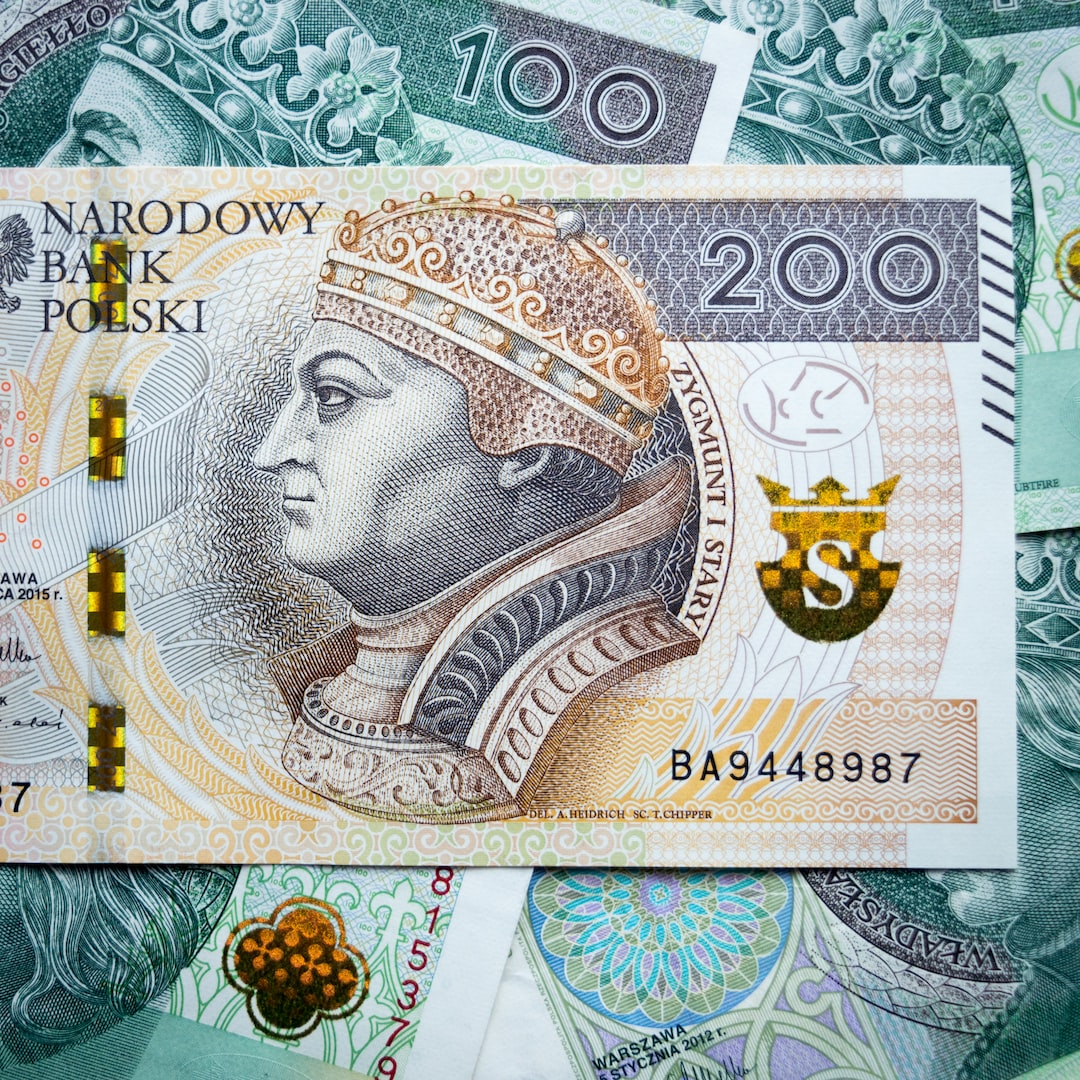Forex swap, also known as a currency swap or FX swap, is a financial instrument that allows traders to exchange the interest rate and principal of one currency for another. Forex swaps are commonly used by financial institutions, multinational corporations, and institutional investors to manage their foreign currency exposure and hedge against currency risks.
The basic concept of forex swaps is to exchange two currencies at a predetermined exchange rate, and then reverse the transaction at a future date. The exchange rate is determined based on the prevailing market rates for the two currencies, as well as the interest rates for the currencies involved. The interest rate differential is the primary factor that determines the swap rate.
Forex swaps are typically used to manage cash flows and reduce exposure to exchange rate fluctuations. For example, a company that has borrowed money in a foreign currency may use a forex swap to convert the debt into its home currency to reduce the risk of currency fluctuations. Similarly, an investor who has invested in a foreign currency may use a forex swap to hedge against currency risks.
Forex swaps are also used by central banks to manage their foreign currency reserves. Central banks use forex swaps to provide liquidity to the foreign exchange market and to stabilize the exchange rate of their currency. For example, if a central bank wants to increase the supply of its currency in the market, it can use a forex swap to exchange its currency for a foreign currency, and then use the foreign currency to buy its own currency in the market.
Forex swaps can be structured in different ways, depending on the needs of the parties involved. The two most common types of forex swaps are the spot-forward swap and the forward-forward swap.
Spot-forward swaps involve the exchange of two currencies at the spot rate, with the reverse transaction taking place at a predetermined forward rate. This type of swap is commonly used by corporations and investors to manage their cash flows and reduce exposure to exchange rate fluctuations.
Forward-forward swaps involve the exchange of two currencies at a future date, with the reverse transaction taking place at a later date. This type of swap is commonly used by financial institutions to manage their foreign currency exposure and hedge against currency risks.
Forex swaps are subject to various risks, including credit risk, market risk, and liquidity risk. Credit risk refers to the risk that one party may default on its obligations under the swap agreement. Market risk refers to the risk that the exchange rate may move against the party’s position, resulting in losses. Liquidity risk refers to the risk that the party may not be able to exit its position in the market due to lack of liquidity.
In conclusion, forex swaps are an important financial instrument that allows traders to manage their foreign currency exposure and hedge against currency risks. Forex swaps can be structured in different ways, depending on the needs of the parties involved. However, forex swaps are subject to various risks, including credit risk, market risk, and liquidity risk. Therefore, it is important for traders to understand these risks and manage them effectively.






